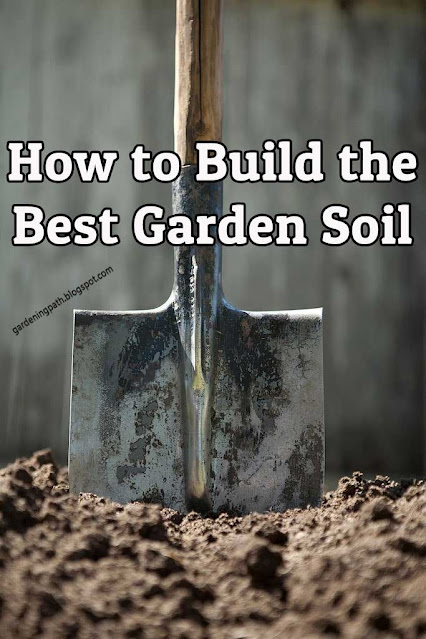How to Grow Lettuce

If you grow only one vegetable other than tomatoes, it should be lettuce. Growing lettuce is so easy, takes up little space, and you can even grow it among flowers. here are a few things to think about when adding lettuce to your garden. Since lettuce is a cool weather plant it’s best to plant them in the spring or fall. You can also do succession planting to be able to have lettuce harvest all season long. To succession plant, you’ll want to plant a few seeds and then a week or two later plant a few more. This way your lettuce will be ready to harvest at different times, so you don’t have a huge harvest of all at once. When to Plant Lettuce is a cool weather plant and does well in most areas when planted in the spring and fall. Lettuce seeds can be started indoors 4-6 weeks before the last spring frost. Lettuce seeds can be direct sown into the garden as soon as the soil can be worked. Lettuce usually grows well at temperatures between 45 and 65 degrees. Hotter weather tends to make l...















